Home>Furniture & Design>Interior Design Trends>How To Throw Away Glass Bottles
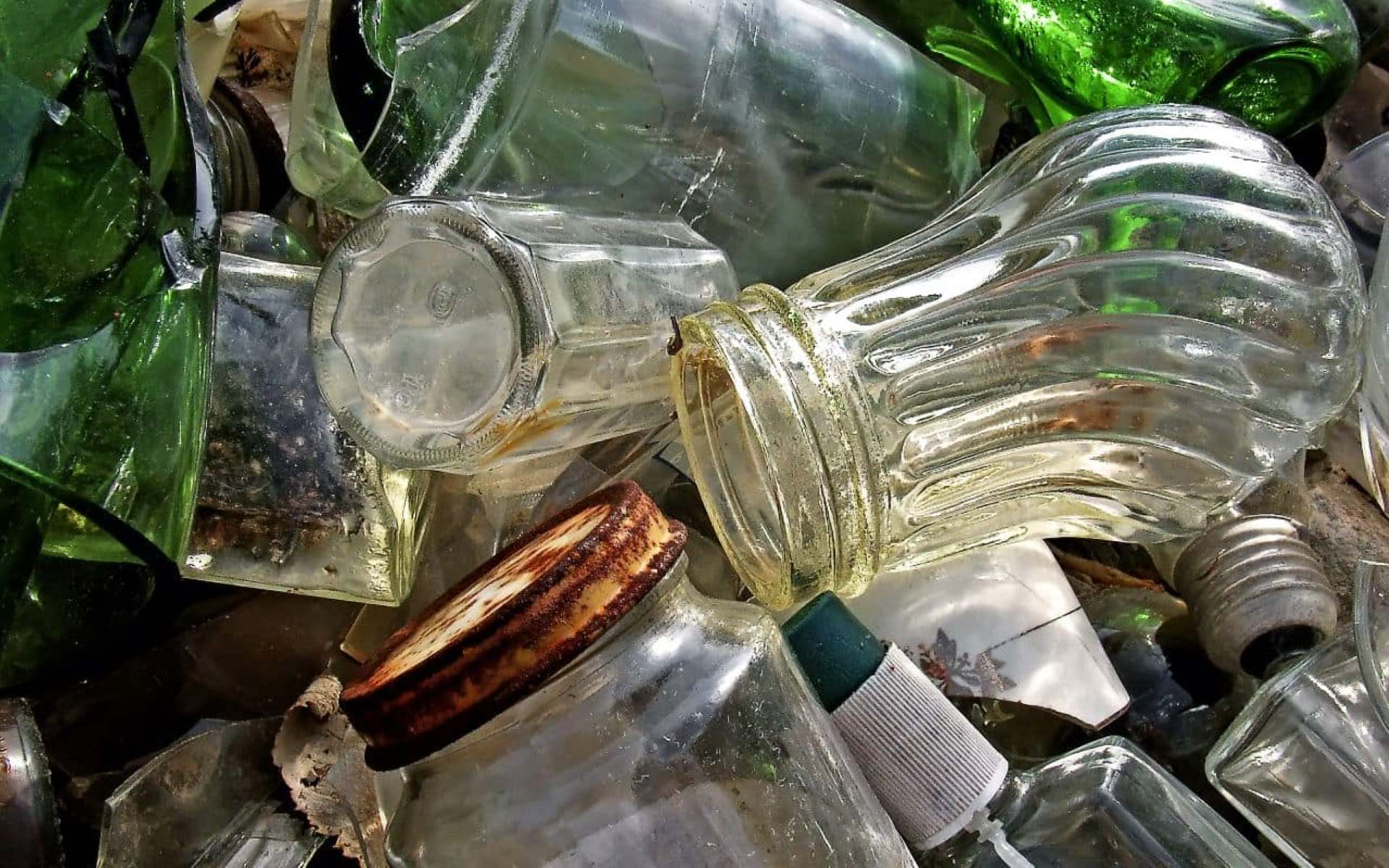

Interior Design Trends
How To Throw Away Glass Bottles
Modified: October 20, 2024
Learn the latest interior design trends for recycling glass bottles. Discover creative ways to repurpose glass bottles for a sustainable and stylish home.
(Many of the links in this article redirect to a specific reviewed product. Your purchase of these products through affiliate links helps to generate commission for Storables.com, at no extra cost. Learn more)
Introduction
When it comes to reducing our environmental impact, recycling is a crucial practice that can make a significant difference. Glass bottles, in particular, are a common household item that can be recycled to conserve resources and minimize waste. However, the process of properly disposing of glass bottles involves more than simply tossing them into the recycling bin. By following a few simple steps, you can ensure that your glass bottles are recycled efficiently and safely.
In this comprehensive guide, we will walk you through the step-by-step process of responsibly disposing of glass bottles. From removing any remaining liquid or residue to finding the nearest recycling center, each step plays a vital role in the proper disposal of glass bottles. By the end of this guide, you will have the knowledge and confidence to contribute to a more sustainable future by effectively recycling your glass bottles.
So, let's dive into the details and learn how to responsibly dispose of glass bottles, ensuring that they are recycled in an environmentally friendly manner.
Key Takeaways:
- Responsibly disposing of glass bottles involves removing residue, rinsing thoroughly, removing labels, finding a recycling center, and safely transporting. These steps support a cleaner, more sustainable environment.
- By following the steps to recycle glass bottles, individuals actively contribute to preserving natural resources, reducing waste, and promoting a circular economy. It’s a tangible way to make a difference in environmental sustainability.
Read more: How To Throw Away A Mattress
Step 1: Remove any remaining liquid or residue
Before recycling glass bottles, it's essential to ensure that they are free from any remaining liquid or residue. This initial step not only facilitates the recycling process but also prevents contamination in the recycling stream. Here's how to effectively remove any lingering liquid or residue from glass bottles:
-
Empty the Contents: Begin by pouring out any remaining liquid from the glass bottle. Whether it's a beverage, sauce, or oil, make sure to empty the contents completely. For bottles with narrow necks, gently swishing some water inside can help dislodge stubborn remnants.
-
Use Hot Water and Soap: To tackle sticky or oily residue, fill the bottle with hot water and add a small amount of dish soap. Secure the lid and shake the bottle vigorously to dislodge any stubborn residue. Then, thoroughly rinse the bottle with hot water to remove the soapy solution and any remaining residue.
-
Utilize a Bottle Brush: For bottles with narrow openings or hard-to-reach corners, a bottle brush can be incredibly useful. Dip the brush in hot, soapy water and scrub the interior of the bottle to ensure all residue is loosened and removed.
-
Inspect and Repeat if Necessary: After rinsing the bottle, inspect the interior to ensure that no residue or odor remains. If needed, repeat the rinsing and scrubbing process until the bottle is completely clean and odor-free.
By diligently following these steps, you can effectively remove any remaining liquid or residue from glass bottles, preparing them for the next stage of the recycling process. This conscientious approach not only supports the recycling industry but also contributes to a cleaner and more sustainable environment.
Step 2: Rinse the bottle thoroughly
Rinsing glass bottles thoroughly is a critical step in the recycling process, as it ensures that the bottles are clean and free from any residual contaminants. By following these detailed guidelines, you can effectively prepare your glass bottles for recycling while promoting environmental sustainability.
-
Use Hot Water and Gentle Scrubbing: After removing any remaining liquid or residue, it's essential to thoroughly rinse the bottle with hot water. This helps to dislodge any remaining particles and further cleanse the interior of the bottle. Additionally, using a gentle scrubbing pad or bottle brush can aid in removing any stubborn residue or lingering odors.
-
Inspect for Residue: Once the initial rinsing is complete, carefully inspect the interior and exterior of the bottle for any signs of residue or lingering odors. Pay close attention to the bottom and neck of the bottle, as these areas can often trap residue. If any residue is detected, repeat the rinsing process until the bottle is completely clean and odor-free.
-
Air-Dry the Bottles: After thorough rinsing, allow the bottles to air-dry completely. Placing them upside down on a clean dish rack or towel will facilitate the drying process and ensure that no moisture or water droplets remain inside the bottles. Proper drying is essential to prevent the growth of mold or bacteria before the bottles are transported to the recycling center.
-
Store the Bottles Properly: Once dry, store the rinsed glass bottles in a clean and dry area to prevent any potential contamination before they are taken to the recycling center. Avoid stacking wet bottles, as this can trap moisture and lead to the development of unpleasant odors or mold.
By diligently following these steps, you can effectively rinse glass bottles thoroughly, preparing them for the next stage of the recycling process. This conscientious approach not only supports the recycling industry but also contributes to a cleaner and more sustainable environment.
Step 3: Remove any labels or stickers
Removing labels or stickers from glass bottles is an essential step in preparing them for recycling. While it may seem like a minor detail, the presence of labels and stickers can impact the recycling process and the quality of the recycled glass. Here's a detailed guide on how to effectively remove labels or stickers from glass bottles:
-
Soak the Bottles: Begin by filling a sink or container with warm water and submerging the glass bottles. Allow them to soak for 10-15 minutes to loosen the adhesive used to attach the labels or stickers. For stubborn labels, adding a small amount of mild dish soap to the water can help expedite the process.
-
Peel Off the Labels: After soaking, carefully peel off the labels or stickers from the glass bottles. Start at one corner and gently lift the edge of the label. If the label resists, continue soaking the bottle until the adhesive softens further. Avoid using sharp objects that could scratch or damage the glass.
-
Use a Scrubbing Pad or Sponge: Once the labels are removed, any residual adhesive can be tackled using a non-abrasive scrubbing pad or sponge. Wet the pad or sponge and gently rub the adhesive in circular motions. For stubborn residue, a small amount of mild dish soap can be applied to the scrubbing pad.
-
Rinse and Dry the Bottles: Thoroughly rinse the glass bottles to remove any remaining adhesive or soap residue. After rinsing, allow the bottles to air-dry completely. Inspect the bottles to ensure that no adhesive or sticky residue remains.
-
Optional: Apply Goo Gone or Rubbing Alcohol: If stubborn adhesive persists, a commercial adhesive remover like Goo Gone or rubbing alcohol can be used. Apply a small amount to a clean cloth and gently rub the affected area. Ensure that the bottles are thoroughly rinsed after using these products.
By meticulously following these steps, you can effectively remove labels or stickers from glass bottles, ensuring that they are clean and ready for the recycling process. This attention to detail contributes to the overall quality of recycled glass and supports the sustainability of the recycling industry.
When throwing away glass bottles, make sure to rinse them out first to remove any residue. Then, find a recycling center near you where you can drop off the bottles to be recycled properly.
Step 4: Find a recycling center or drop-off location
Once your glass bottles are thoroughly cleaned and free from labels, the next crucial step is to find a suitable recycling center or drop-off location. Proper disposal of glass bottles is incomplete without ensuring that they are delivered to a facility equipped to recycle them efficiently. Here's a detailed guide on how to locate a recycling center or drop-off location for your glass bottles:
-
Online Search: Start by conducting an online search for recycling centers or drop-off locations in your area. Use search engines or specialized recycling databases to find facilities that accept glass bottles for recycling. Many municipalities and waste management organizations have websites with comprehensive information on recycling options.
-
Local Recycling Programs: Check with your local recycling programs or waste management authorities to inquire about designated drop-off locations for glass bottles. They often provide detailed guidelines on acceptable materials and the locations of recycling centers or drop-off sites.
-
Community Events and Collection Drives: Stay informed about community events or recycling collection drives in your area. These events are often organized by environmental groups, local businesses, or municipal authorities and provide convenient opportunities to drop off glass bottles and other recyclables.
-
Recycling Apps and Tools: Utilize recycling apps and online tools that help users locate nearby recycling centers and drop-off points. These resources provide maps, directions, and additional information about the types of materials accepted at each location.
-
Contact Local Businesses: Reach out to local businesses, such as supermarkets, hardware stores, or recycling depots, to inquire about their glass bottle recycling services. Some businesses may serve as drop-off points for recyclable materials, providing a convenient option for disposal.
-
Social Media and Community Forums: Engage with local social media groups and community forums to seek recommendations and information about recycling centers or drop-off locations. Residents often share valuable insights and tips on sustainable practices, including recycling options in the area.
-
Consider Transportation and Accessibility: When selecting a recycling center or drop-off location, consider factors such as transportation accessibility and operating hours. Choose a facility that is convenient for you to transport the glass bottles and aligns with your schedule.
By following these steps and exploring various avenues to find a suitable recycling center or drop-off location, you can ensure that your efforts to responsibly dispose of glass bottles culminate in their effective recycling. This proactive approach contributes to the preservation of natural resources and the reduction of waste in landfills, ultimately supporting a more sustainable and environmentally conscious community.
Read more: How To Throw Away Furniture
Step 5: Safely transport the glass bottles
After completing the essential steps of cleaning, rinsing, and preparing your glass bottles for recycling, the final crucial task is to safely transport them to the designated recycling center or drop-off location. Proper transportation ensures that the glass bottles reach their destination without breakage or damage, contributing to a seamless recycling process. Here's a detailed guide on how to safely transport glass bottles for recycling:
-
Select Sturdy Containers: Choose durable and sturdy containers to transport the glass bottles. Cardboard boxes, plastic bins, or reusable crates are suitable options for holding the bottles securely during transit. Ensure that the containers are clean and free from any debris that could contaminate the bottles.
-
Pack Bottles Carefully: When placing the glass bottles in the transportation containers, pack them carefully to prevent shifting or breakage. Use dividers, padding, or additional layers of protective material, such as newspaper or bubble wrap, to cushion the bottles and minimize the risk of damage during transportation.
-
Secure Lids and Closures: If the transportation containers have lids or closures, ensure that they are securely fastened to prevent any accidental spills or breakage. Properly sealed containers provide an added layer of protection and help maintain the cleanliness of the bottles until they reach the recycling center.
-
Handle with Care: When moving the containers filled with glass bottles, handle them with care to avoid sudden jolts or impacts. Lift and carry the containers using proper lifting techniques to distribute the weight evenly and minimize the risk of dropping or mishandling the bottles.
-
Avoid Overloading: Be mindful of the weight capacity of the transportation containers and avoid overloading them with an excessive number of glass bottles. Distribute the bottles evenly within the containers to maintain balance and stability during transportation.
-
Secure Transportation: If transporting the glass bottles in a vehicle, ensure that the containers are securely positioned to prevent shifting or tipping during transit. Use seat belts, cargo straps, or other securing mechanisms to stabilize the containers and minimize movement.
-
Plan the Route: Before embarking on the journey to the recycling center, plan the transportation route to avoid rough terrain or bumpy roads that could potentially jostle the glass bottles. Select a smooth and safe route that minimizes the risk of impact or vibration.
By following these detailed guidelines and exercising caution during the transportation process, you can ensure that the glass bottles are safely delivered to the recycling center or drop-off location. This final step in the recycling journey upholds the integrity of the glass bottles and contributes to the overall efficiency of the recycling process, furthering the collective efforts toward environmental sustainability and resource conservation.
Conclusion
In conclusion, responsibly disposing of glass bottles through recycling is a fundamental practice that aligns with sustainable living and environmental stewardship. By following the comprehensive steps outlined in this guide, individuals can actively contribute to the preservation of natural resources, reduction of waste in landfills, and the promotion of a circular economy. From removing any remaining liquid or residue to safely transporting the bottles to a recycling center, each step plays a crucial role in ensuring that glass bottles are recycled efficiently and effectively.
The process begins with the meticulous removal of any remaining liquid or residue from the bottles, followed by thorough rinsing to eliminate contaminants and prepare the bottles for recycling. Additionally, the careful removal of labels or stickers from the bottles is essential to maintain the quality of the recycled glass and prevent contamination in the recycling stream. Once the bottles are clean and free from labels, finding a suitable recycling center or drop-off location becomes the next pivotal task, ensuring that the bottles are delivered to a facility equipped to recycle them efficiently.
The final step of safely transporting the glass bottles to the designated recycling center completes the cycle, emphasizing the importance of handling and transporting recyclable materials with care and consideration. By selecting sturdy containers, packing the bottles carefully, and securing the transportation, individuals can ensure that the bottles reach their destination without breakage or damage, contributing to a seamless recycling process.
Overall, the conscientious disposal of glass bottles through recycling embodies the principles of environmental responsibility and sustainable resource management. It reflects a commitment to minimizing the environmental impact of waste while actively participating in the global effort to conserve energy and reduce greenhouse gas emissions. By incorporating these practices into everyday routines, individuals can make a tangible difference in promoting a cleaner, healthier planet for current and future generations.
As we collectively strive to build a more sustainable future, the responsible disposal of glass bottles serves as a tangible and impactful step toward achieving our environmental goals. By embracing the principles of recycling and waste reduction, individuals can contribute to a more circular and regenerative economy, where valuable materials like glass are continually reused and repurposed. Through these efforts, we can foster a culture of environmental consciousness and sustainable living, paving the way for a brighter and more resilient future for our planet.
Frequently Asked Questions about How To Throw Away Glass Bottles
Was this page helpful?
At Storables.com, we guarantee accurate and reliable information. Our content, validated by Expert Board Contributors, is crafted following stringent Editorial Policies. We're committed to providing you with well-researched, expert-backed insights for all your informational needs.
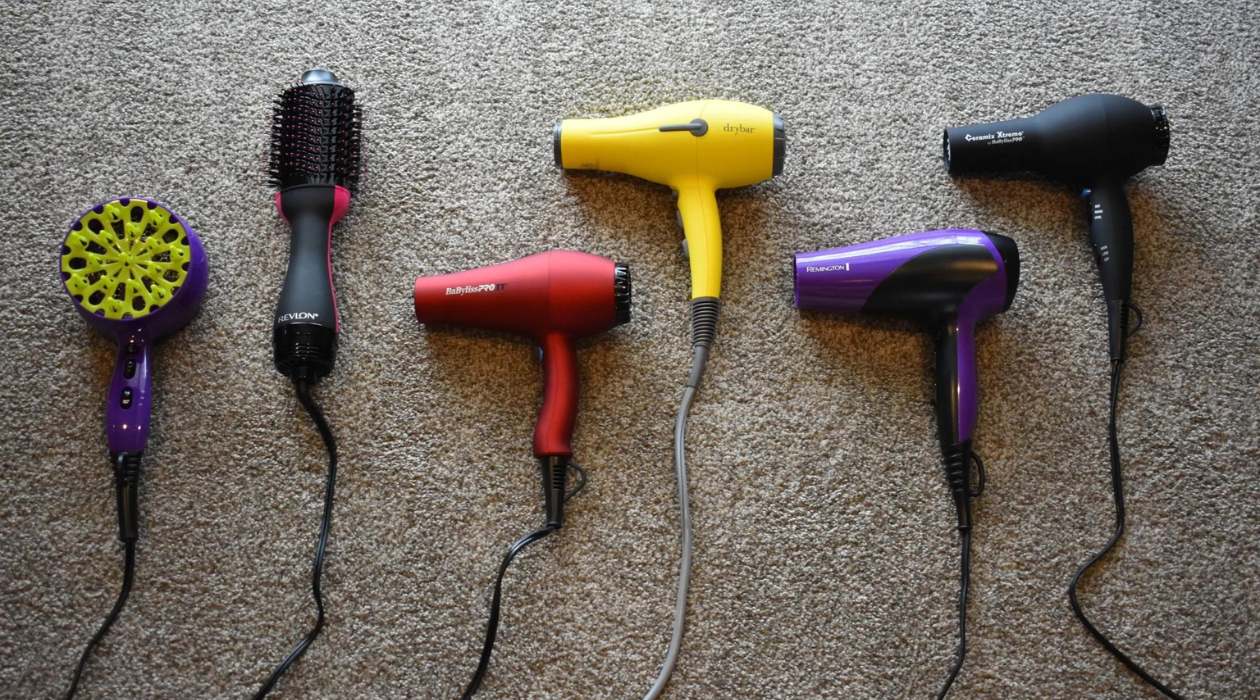
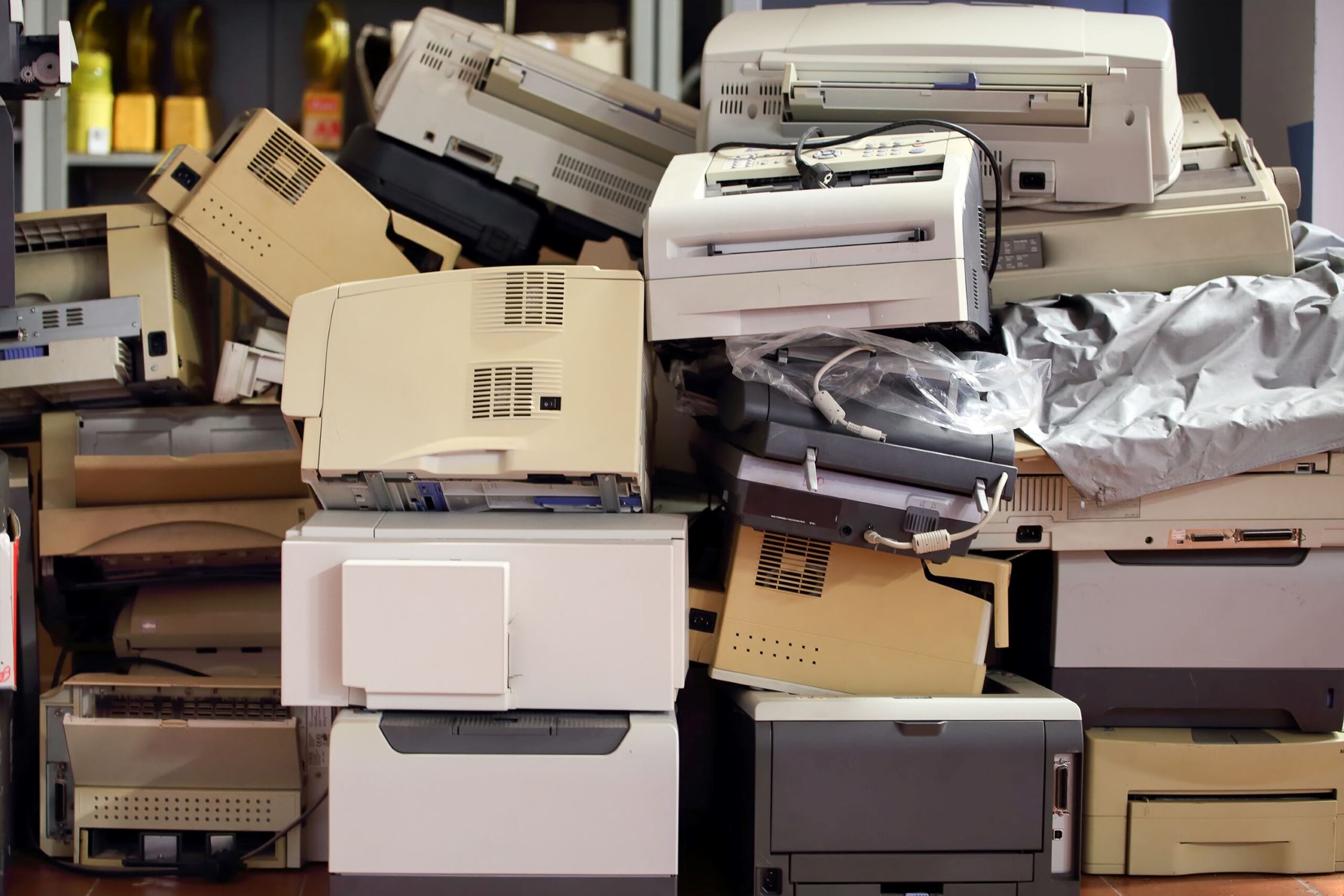
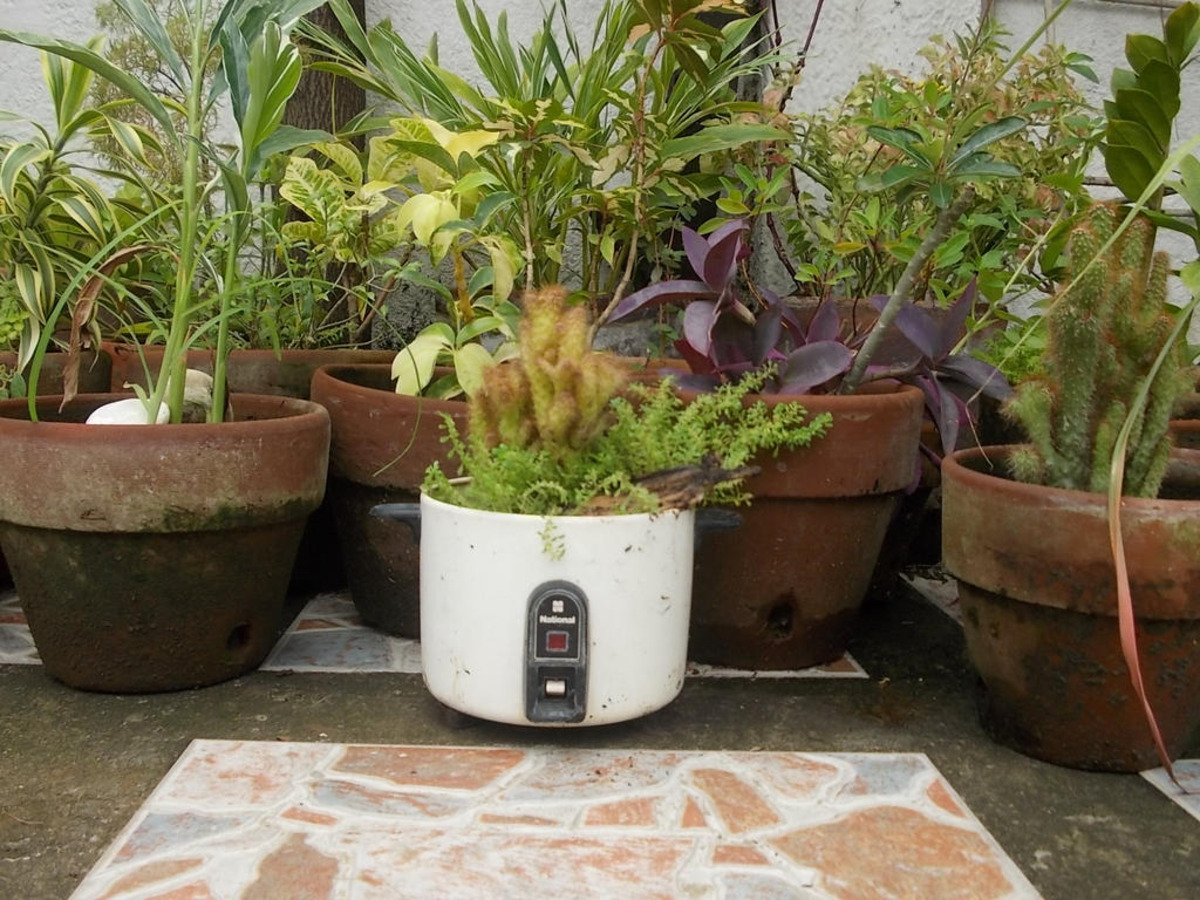
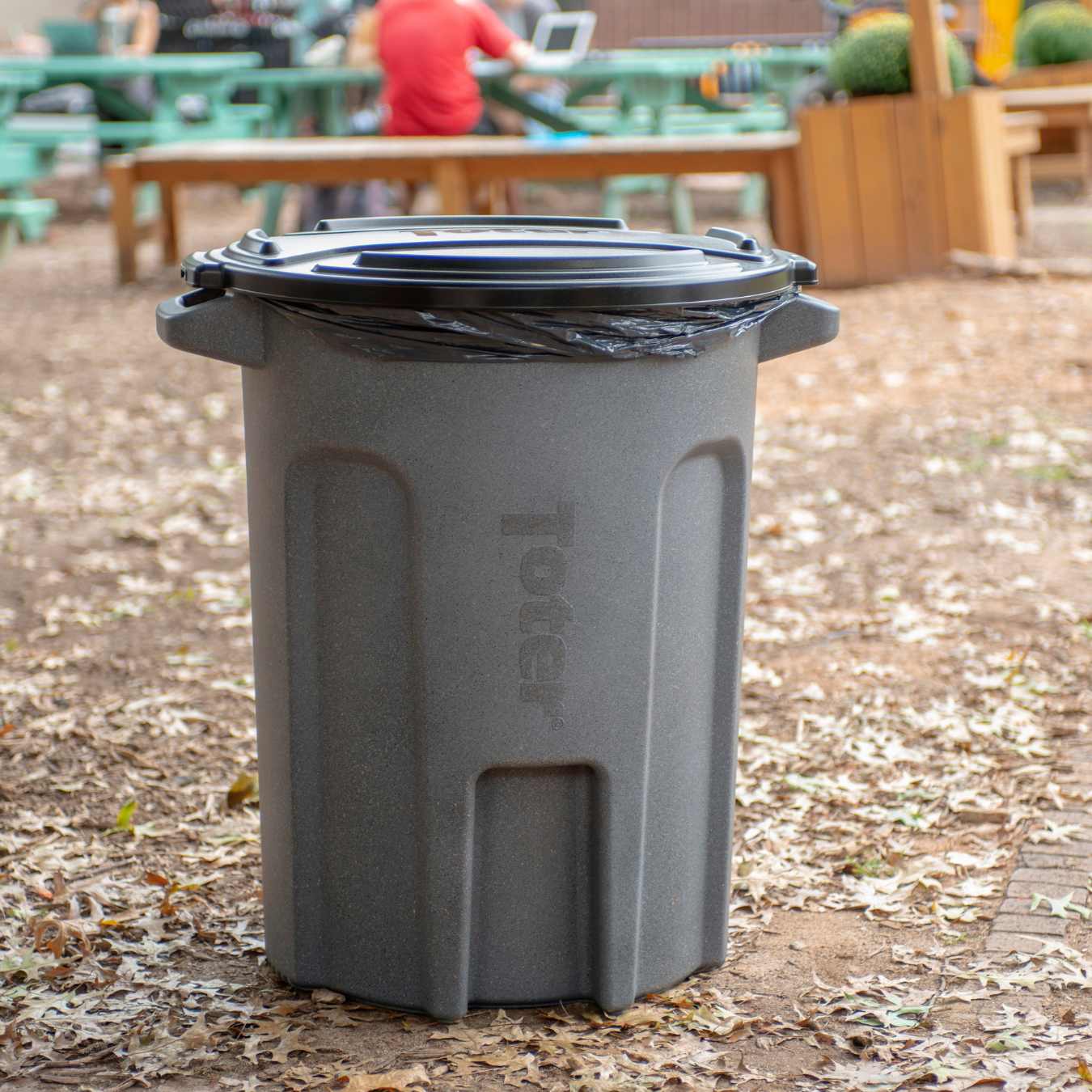
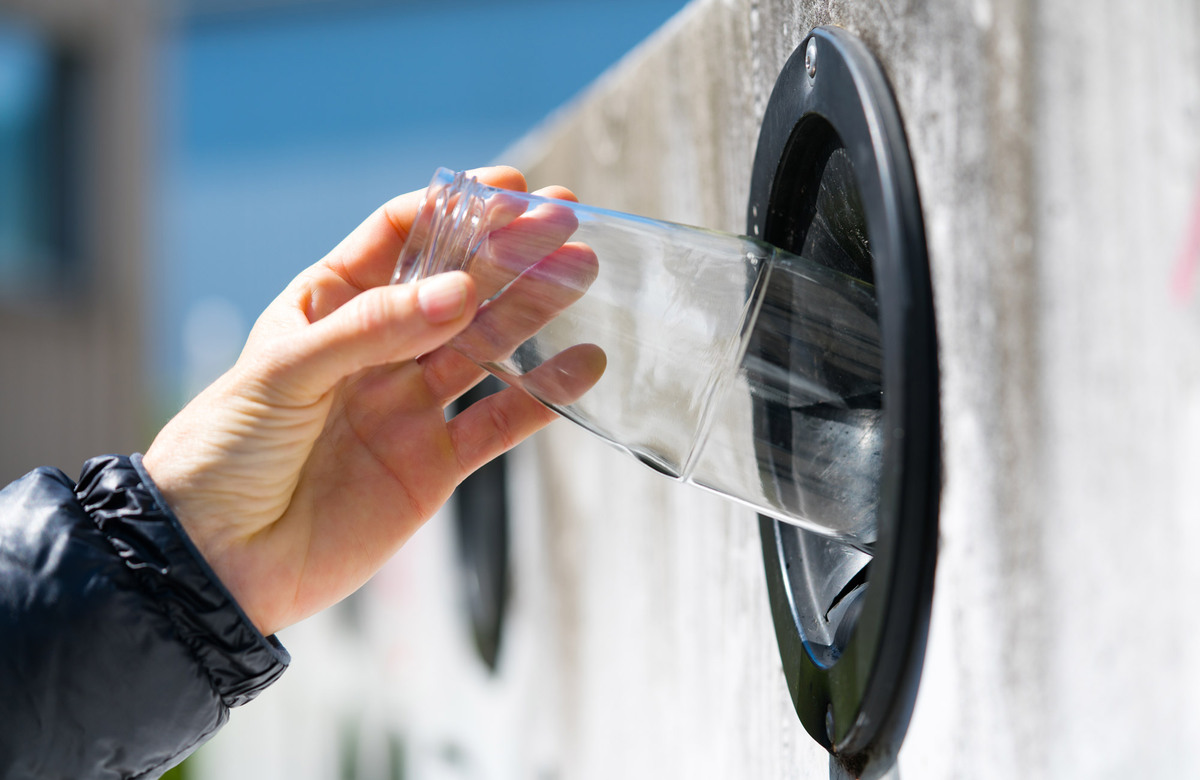
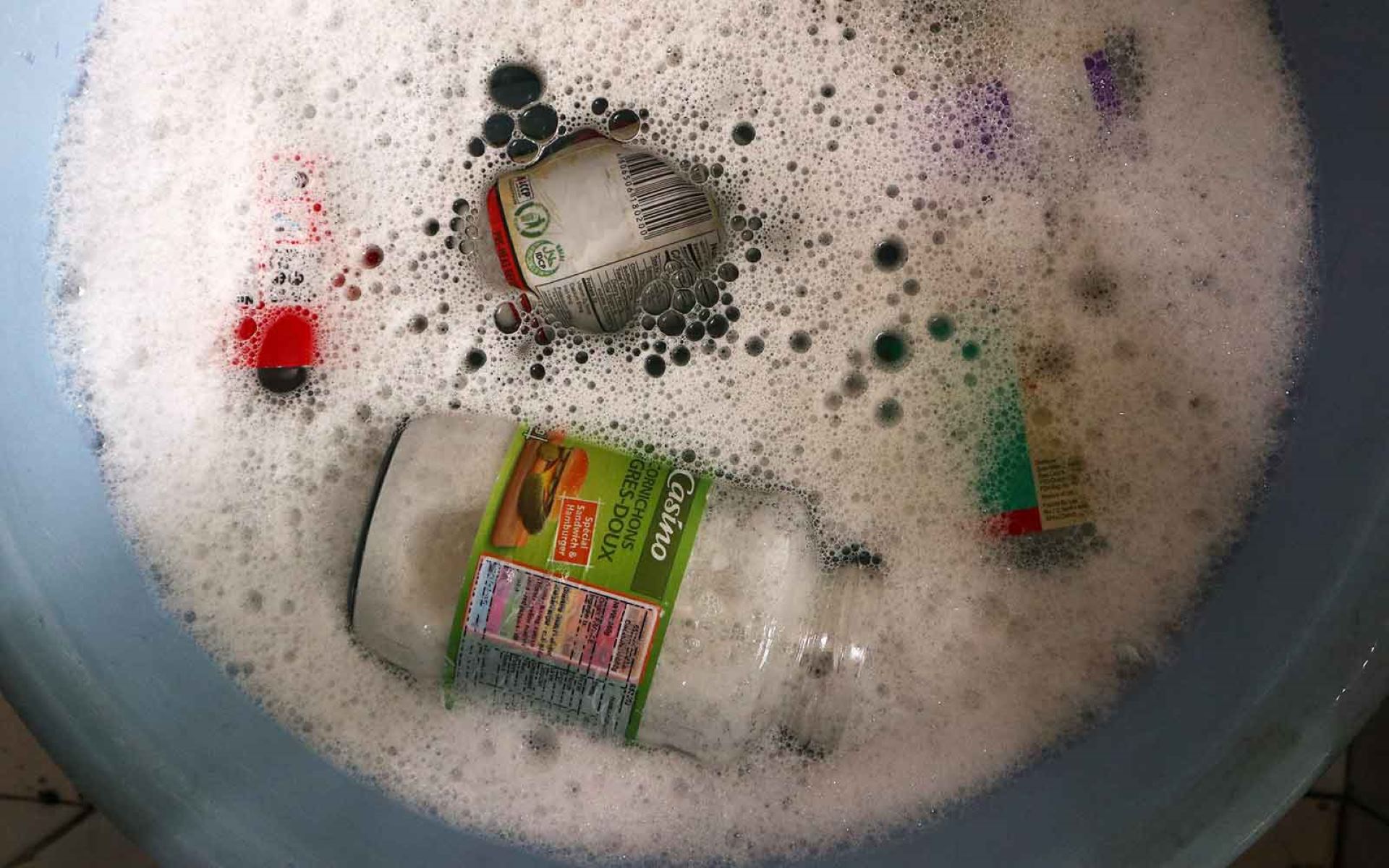
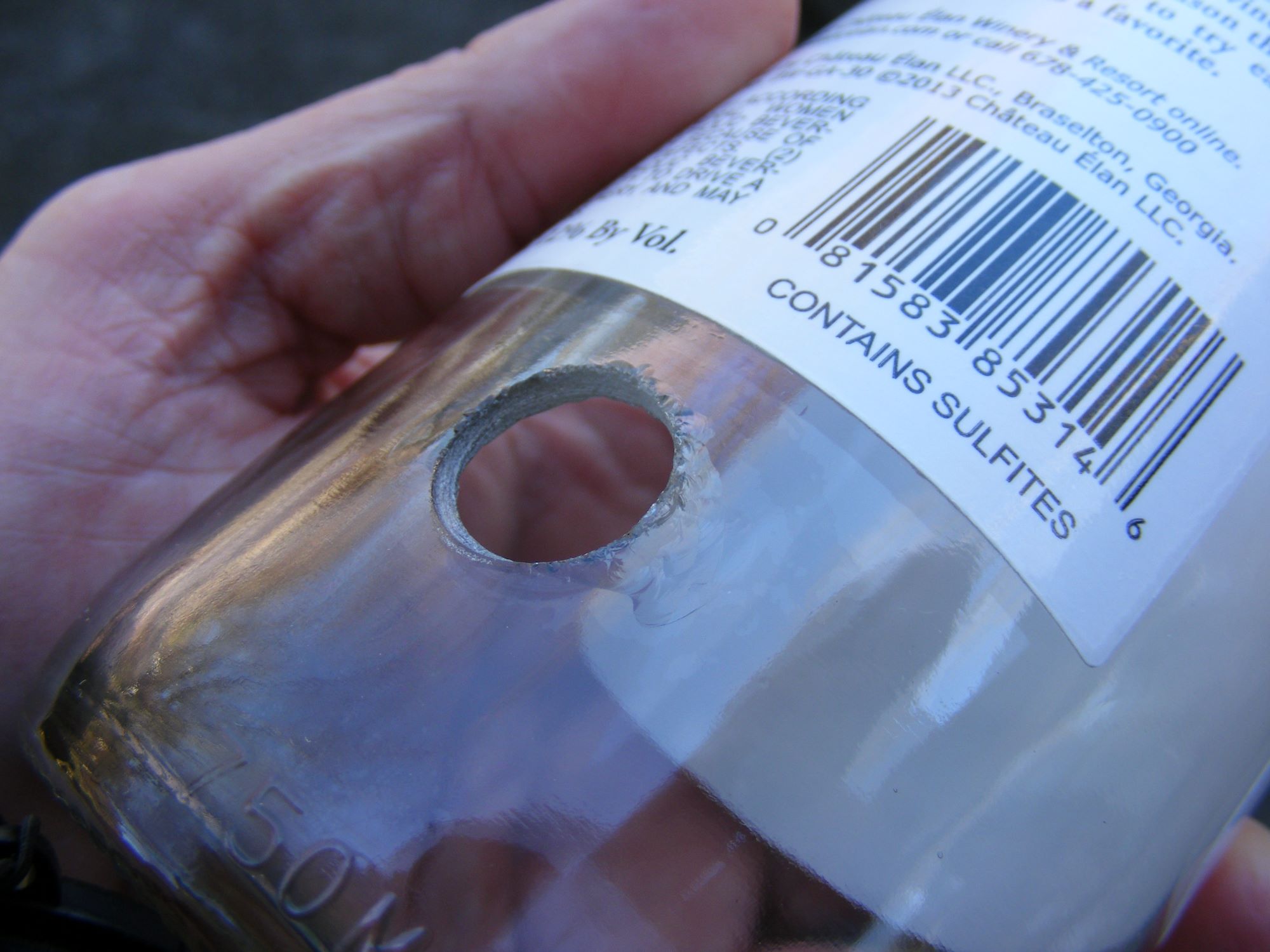
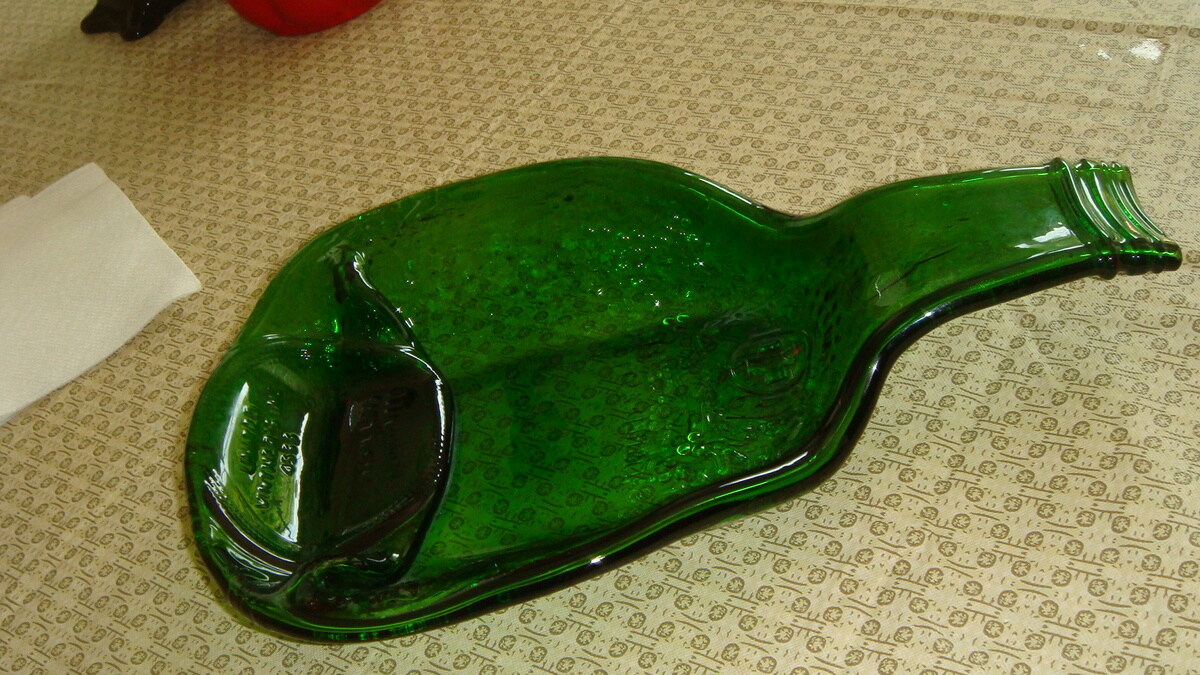
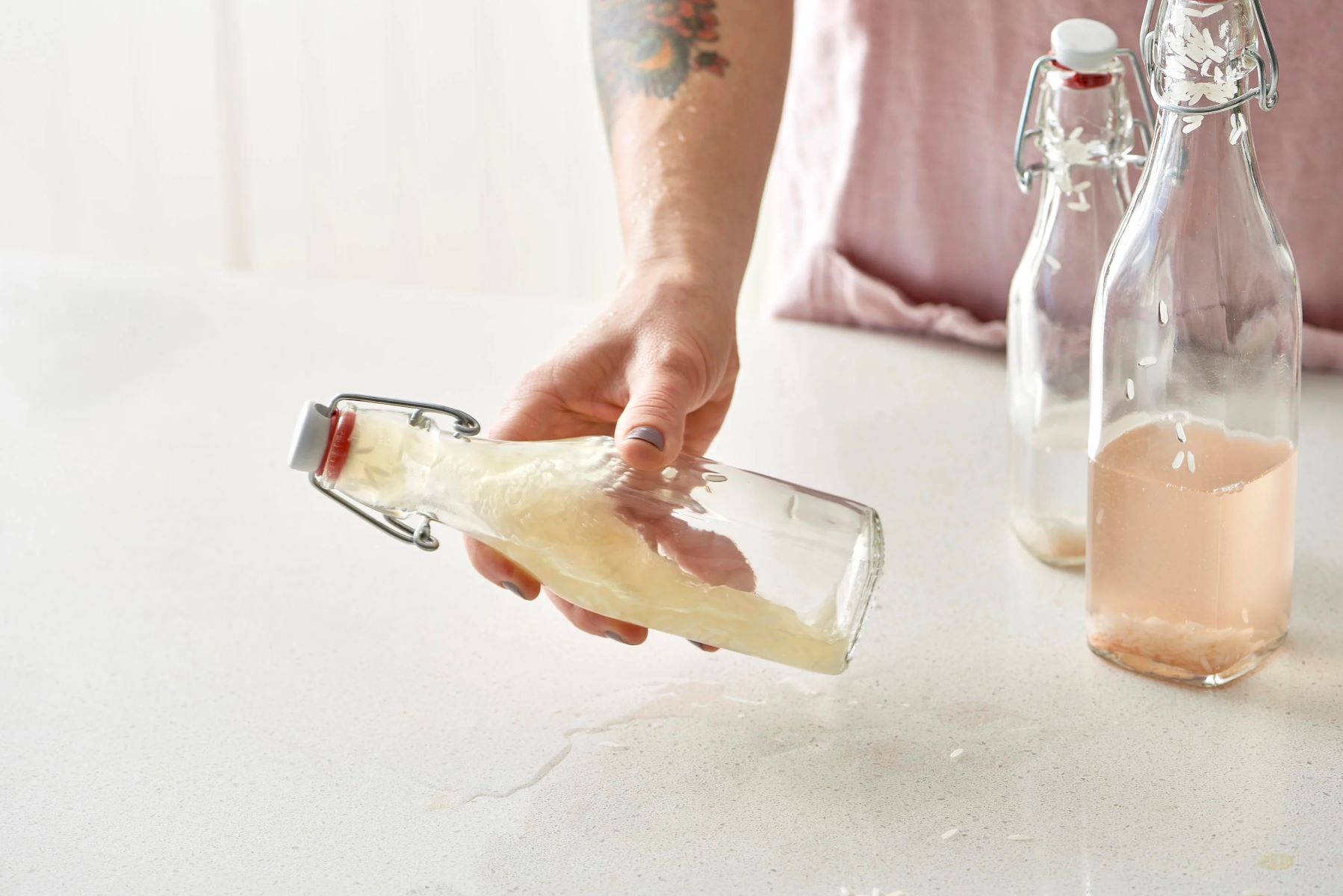
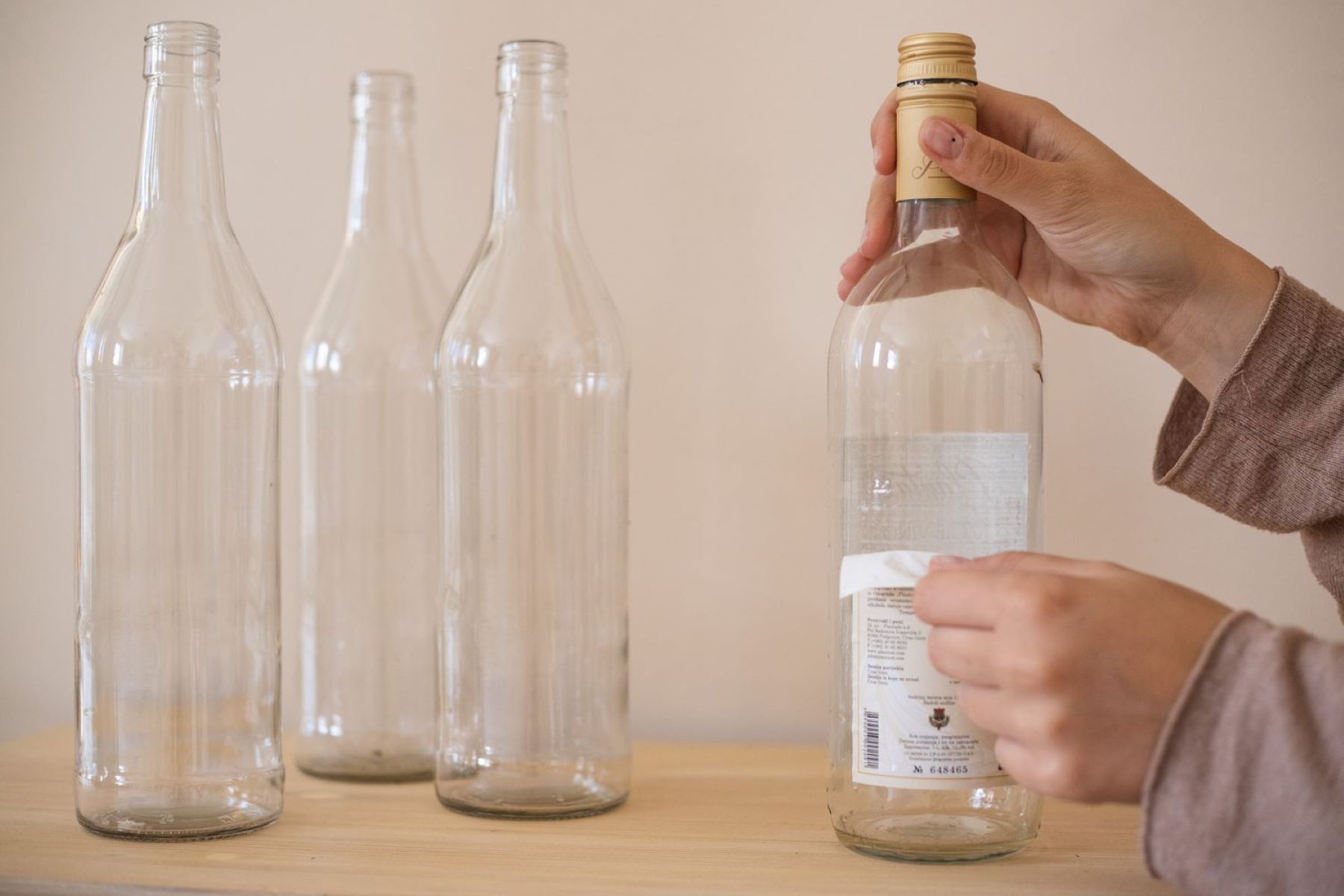

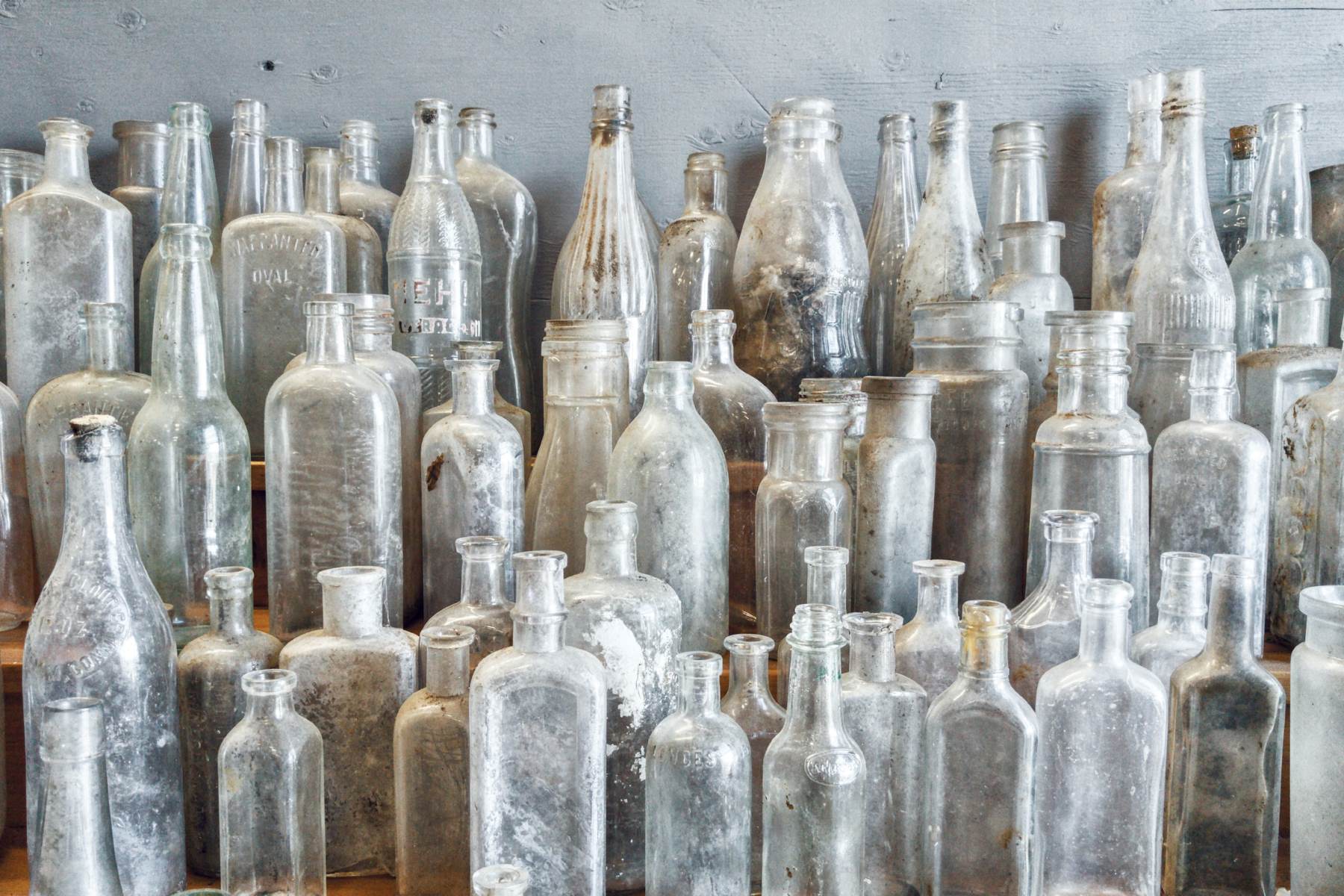

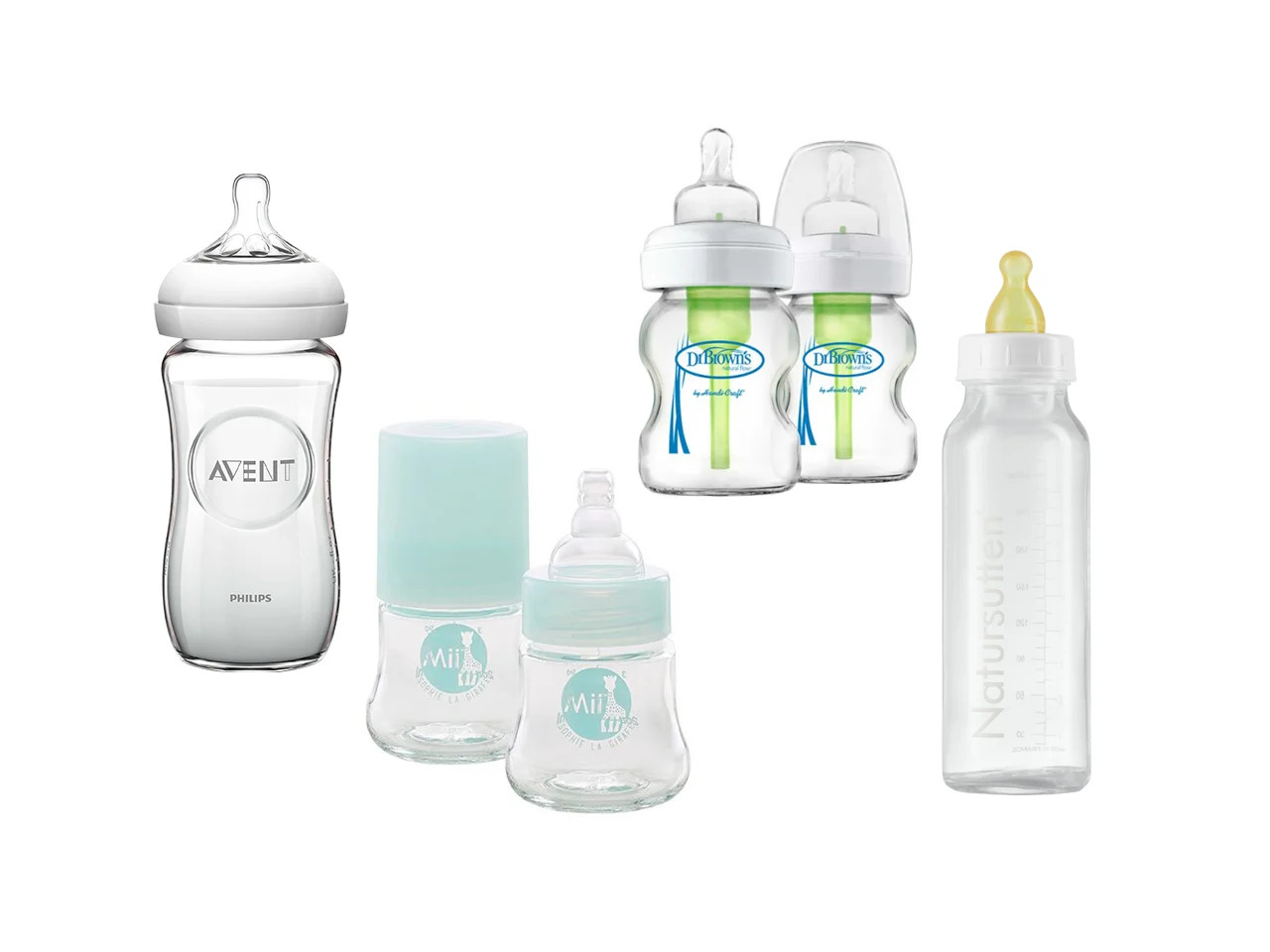

0 thoughts on “How To Throw Away Glass Bottles”